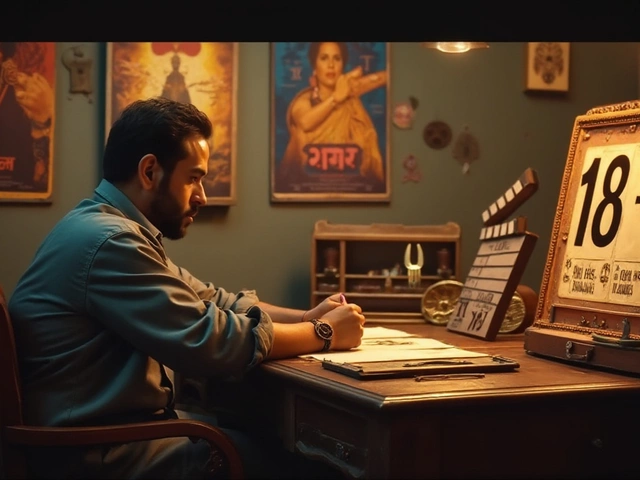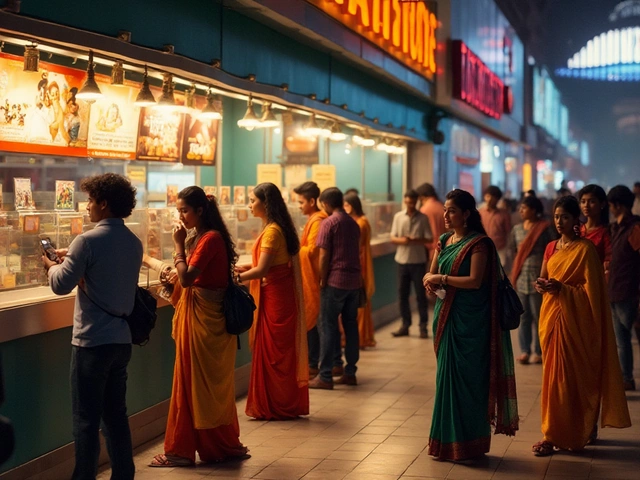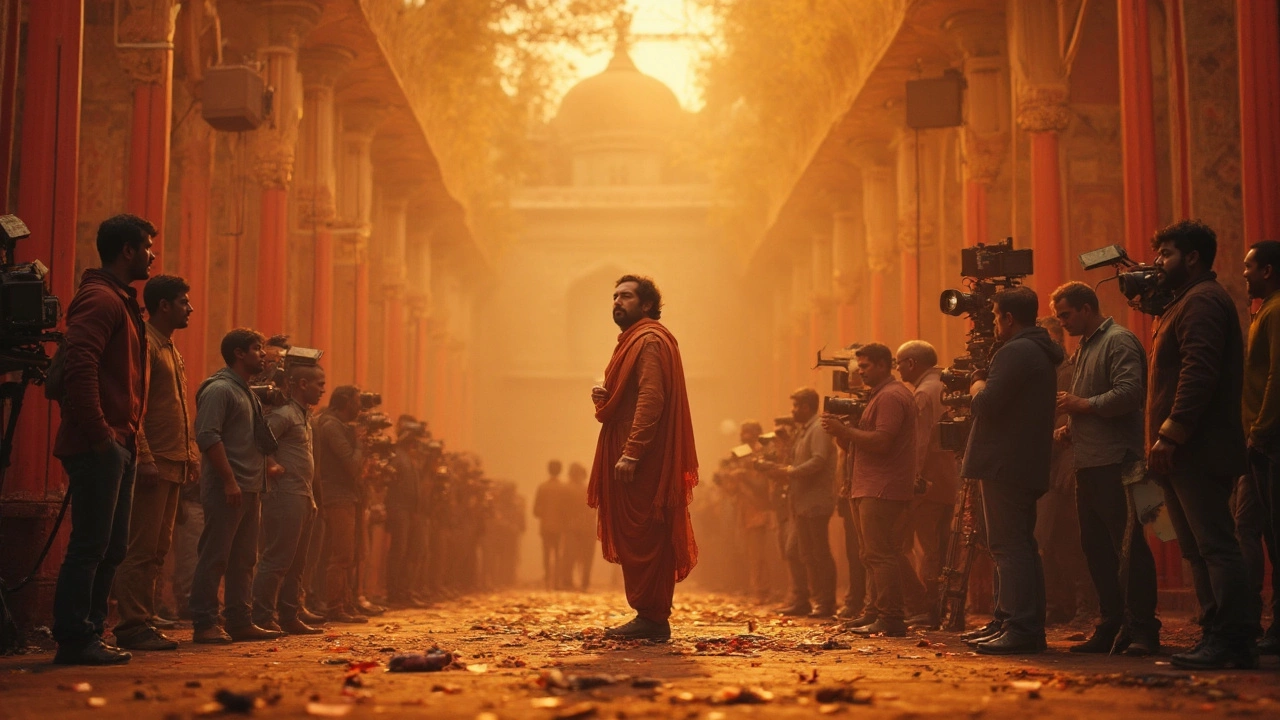Film Making in India: What You Need to Know
When talking about film making, the process of turning a story idea into a moving picture, from script to screen, you instantly step into a world that blends creativity, technology, and business. It isn’t just about cameras and actors; it also covers budgeting, location scouting, post‑production, and finally, getting the movie to audiences. Bollywood, India’s massive Hindi‑language film industry based in Mumbai is the most visible facet of this ecosystem, but the same principles apply across regional studios, indie houses, and streaming platforms. The health of box office, the revenue earned from ticket sales in theaters directly shapes production choices, while the broader Indian cinema, the collective output of all film industries across India provides cultural context and audience expectations.
Film making encompasses three core stages: pre‑production, production, and post‑production. Pre‑production demands a solid script, clear casting, and a realistic budget—elements that determine whether a project moves forward. Production is where the director, cinematographer, and crew bring the story to life, often juggling tight schedules and location challenges. Finally, post‑production stitches everything together through editing, visual effects, sound design, and color grading. Each stage relies on specialized tools and skills; for example, a well‑planned shooting schedule can shave days off the budget, while a strong editing team can rescue footage that didn’t go as expected. Understanding these steps helps anyone—from aspiring filmmakers to casual fans—grasp why some movies become instant hits while others fade.
Key Aspects that Shape Indian Film Making
One cannot ignore the influence of the box office on creative decisions. When a genre consistently pulls strong numbers, producers are more likely to greenlight similar projects, leading to trends like high‑octane action or romantic comedies dominating certain years. At the same time, streaming services have introduced new revenue models, prompting filmmakers to experiment with formats that suit binge‑watching. Another major factor is the star system; popular actors can command hefty fees, but they also guarantee a built‑in audience, which affects casting and marketing strategies.
Regional markets add another layer of complexity. While Bollywood enjoys nationwide fame, industries like Tollywood (Telugu cinema) and Kollywood (Tamil cinema) have their own star power, storytelling styles, and distribution networks. These regional hubs often produce films that out‑perform Bollywood releases in their home states, forcing the larger industry to adapt. Moreover, government policies—such as tax incentives for shooting in specific locations—can tip the scales on where a film is made, influencing everything from set design to local employment.
Technology continues to reshape film making. From affordable DSLR cameras to sophisticated VFX pipelines, the barrier to entry is lower than ever. Yet, high‑budget productions still rely on advanced tools like motion‑capture and virtual production stages, especially for blockbuster spectacles. The rise of data analytics also means studios now track audience reactions in near real‑time, tweaking marketing campaigns or even editing choices based on viewer feedback.
All these elements—creative vision, financial realities, regional dynamics, and tech advancements—intertwine to create the vibrant tapestry of Indian film making. Below, you’ll find a curated collection of articles that dive deeper into each of these topics, from box office breakdowns of 2025 hits to profiles of the oldest actors still gracing the screen. Whether you’re looking for industry trends, behind‑the‑scenes stories, or practical tips for your own project, the posts ahead cover the full spectrum of what makes movies in India tick.
Seven Years in the Making: The Epic Journey of an Indian Film
Discover the incredible seven-year journey of an Indian movie, highlighting the challenges and triumphs faced during its creation. This film promises an extraordinary blend of storytelling and cinematic excellence. Learn about the dedication required in such prolonged productions and the exciting prospects awaiting when it finally hits the screen. Uncover little-known facts and tips about the movie's production stages and what makes it stand out.





